(CLO) The custom of "entering temples, entering palaces, entering family churches, entering houses" on New Year's Eve in Gao village in Nam Dinh province has just been recognized by the Ministry of Culture, Sports and Tourism as a National Intangible Cultural Heritage.
Ke Gao village (Thanh Loi commune, Vu Ban district, Nam Dinh province), whose Chinese name is Cao Linh, later changed to Qua Linh, is an ancient Vietnamese village formed during the Hung King period, associated with the story of 18 clans coming to reclaim land and establish villages.
Many traditional customs, traditions and folk beliefs bearing the national cultural identity are still preserved here. Among them, the custom of visiting temples, shrines and churches (called "visiting the house") on New Year's Eve is a unique feature of the culture of Gao village.

People of Gao village join the procession to the temple on New Year's Eve. Photo: TL
When talking about the culture of Gao village, we must first talk about the Chap To ceremony. On Chap To day, descendants from near and far return to the ancestral temple, respectfully offer pure incense and flowers, perform the ancestral worship ceremony according to traditional rituals, review the origin of ancestors, the conventions of the family line, and hold the initiation ceremony for newborn children.
Especially on the day of the Ancestor's Death Anniversary, each clan will choose a qualified person to open the door (xong) of the church on New Year's Eve to welcome the new year.
On the morning of the 30th of Tet, people rush to the market to shop, decorate the altar and prepare offerings to their ancestors. Families go to the cemetery to burn incense and invite their ancestors to celebrate Tet with their descendants.
On the afternoon of the 30th of Tet, the family of the person who is to enter the house first prepares offerings and goes to the relics to inform the Thanh Hoang and ancestors, asking for permission to clean and decorate the place of worship and bring back incense and ritual objects to prepare for the procession.
On the evening of the 30th of Tet, brothers, relatives, neighbors, and friends go together to the house of the person whose house is being opened to congratulate, drink together, and prepare everything for the procession. The offerings are carefully prepared: incense, flowers, fruits, chicken, sticky rice, tea, wine, gold and silver trees, red parallel sentences, etc.
At exactly 9 p.m., after the village drum beats, the family of the first person to enter the house starts slaughtering chicken, cooking sticky rice, cooking sweet soup... preparing offerings for New Year's Eve.
At around 11pm, the procession began. The whole village had 20 processions going to the temple, the shrine, and the family church, one after another, along the village road. The first procession was the procession going to the temple, the shrine, then the processions going to the family church.
At the head of each procession are people carrying torches, flags, gongs, drums, incense altars, etc. The procession includes incense altars, incense burners, gold and silver trees, chicken and raspberries, flowers, fruits, etc. carried by young men wearing red scarves and festival costumes. The people who enter temples and shrines wear red ceremonial clothes and dragonfly-wing hats and walk behind the incense altars, followed by the male mandarin and the people.
The leading torch is the sacred fire that brings good things for the new year, the fire that lights the way for the 18 ancestors to come here to establish the village, the fire that dispels the cold night, drives away wild animals; and the fire of solidarity of the villagers and clansmen to overcome difficulties and challenges.
In the atmosphere of heaven and earth blending, the spring rain lingers, the scent of incense blends with the sound of gongs, drums, flowing music, the light of torches, colored lights, and sky lanterns, creating a rare and unique scene. In everyone's heart, there is a sense of solemnity, sacredness, and warmth about good wishes in the new year.
The moment of New Year's Eve is approaching, it is also the time when the processions arrive at the Dong Temple, the Duc Thanh Tran Temple and the family temples. At the sacred moment of transition between the old year and the new year, the drum beats to signal the beginning of a new year, everyone enters to open the door with wishes to offer to Thanh Hoang and ancestors with the wish for a new year of good health for the villagers, prosperity and happiness for every family.
At the Eastern Temple, the Tran Dynasty Temple, the people and the male worshipers perform the Saint blessing ceremony, while at the family temples, the people perform the ancestral worship ceremonies according to traditional rituals.
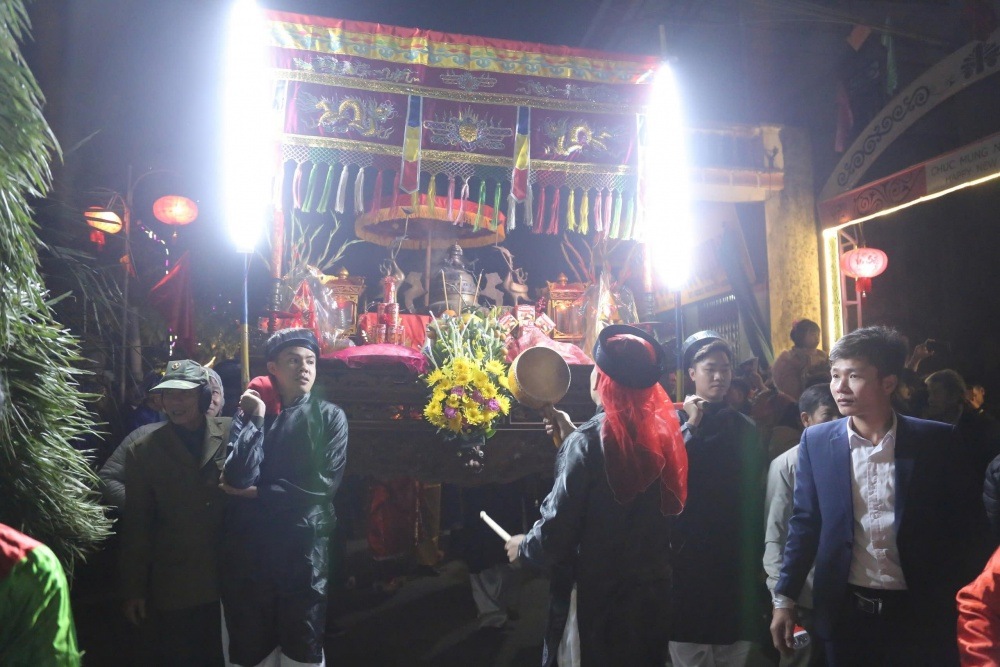
The procession of incense burners entered the temple at the moment of New Year's Eve. Photo: TL
In the sacred moment of the New Year, people happily sit together, talk about business and future plans openly and honestly, put aside the old year's problems and hope for a prosperous and happy new year.
After performing the rituals, the people who enter the temple, the palace, and the church give lucky money to the participants in the procession for luck and fortune for the whole year. They sit together and sip lucky wine, smiling happily, praying for the best things for themselves and their families in the new year.
After receiving the blessing, everyone returns home to light incense to show their respect and gratitude to their ancestors.
It can be said that the custom of entering temples, entering shrines, and entering family churches is a traditional folk custom maintained and preserved by the people of Gao village from generation to generation, deeply ingrained in the subconscious of each person.
This is a valuable historical custom, showing the people's respect and gratitude for the 18 ancestors who founded the village, the village's tutelary god who protected the people, and the traditional wet rice agriculture .
In addition, the custom carries many profound cultural and humanistic values, expressing the traditional morality of “remembering the source of water” of the local people towards Heaven and Earth, the tutelary god and ancestors. This custom contains profound spiritual values, about the belief and aspiration for a year of favorable weather, bountiful harvests, prosperity, and all the best things to come to everyone, to oneself and one’s family in the new year.
Ritual activities also demonstrate the village community spirit, the spirit of solidarity to overcome difficulties and challenges to protect and together build a strong family and homeland.
Khanh Ngoc
Source: https://www.congluan.vn/dac-sac-my-tuc-xong-den-xong-dien-xong-nha-tho-ho-o-nam-dinh-post326269.html





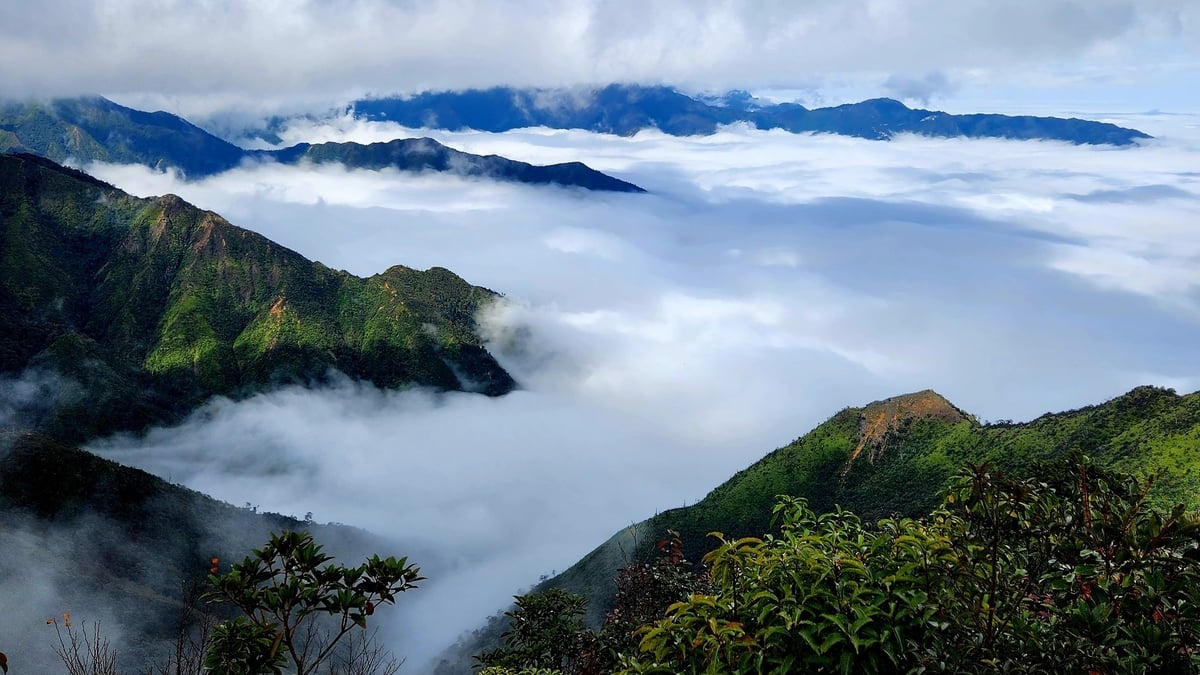
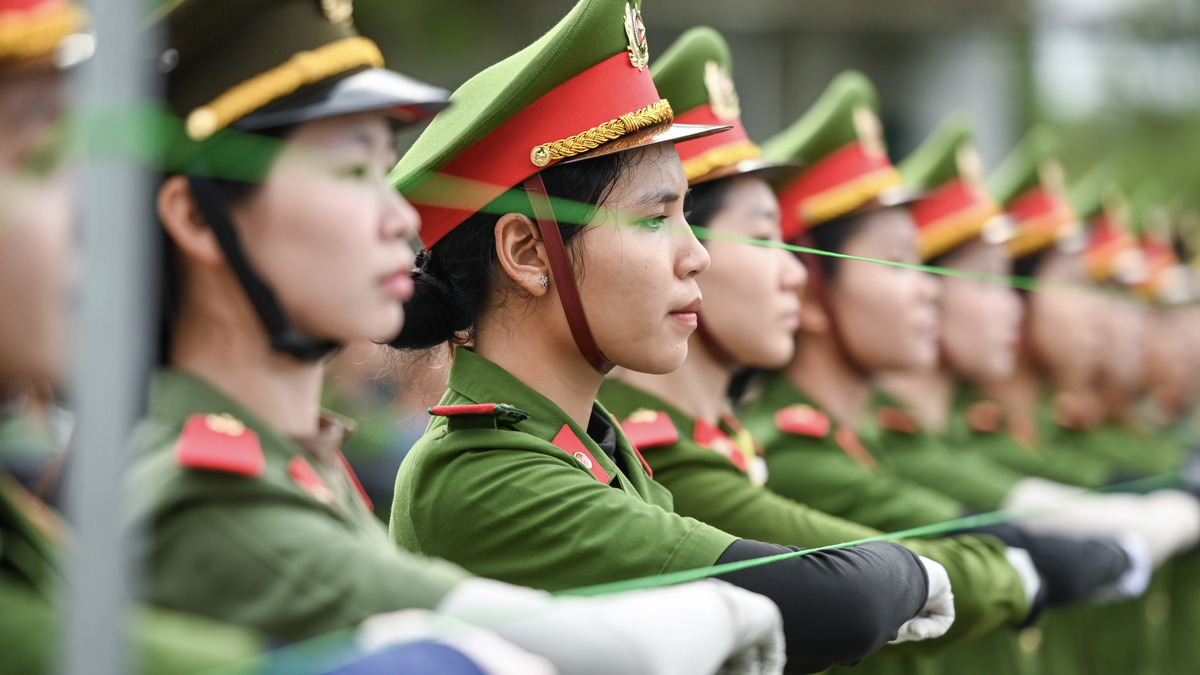



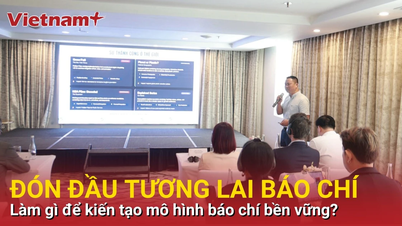

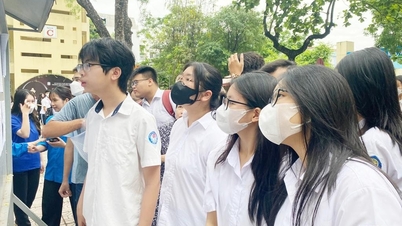


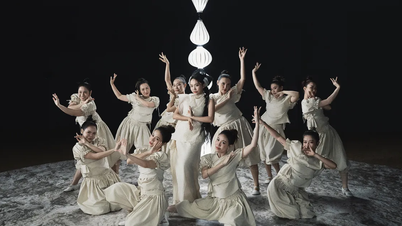





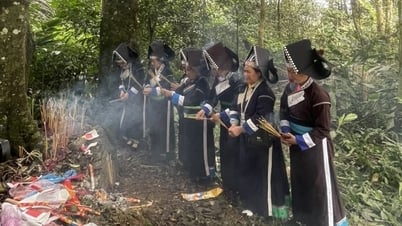

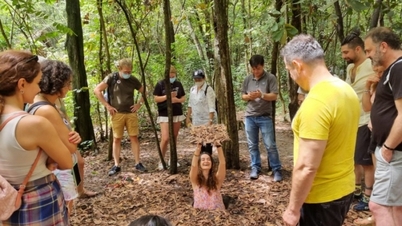

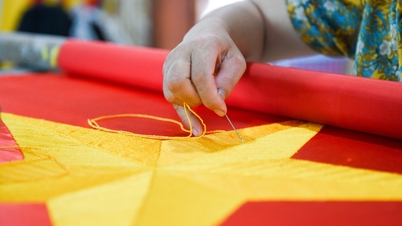
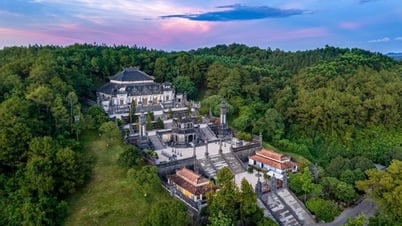

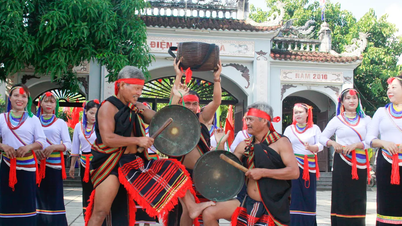
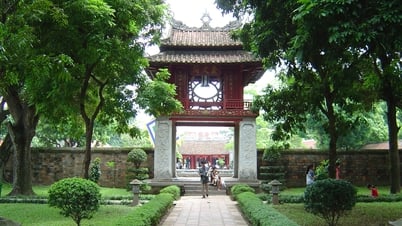

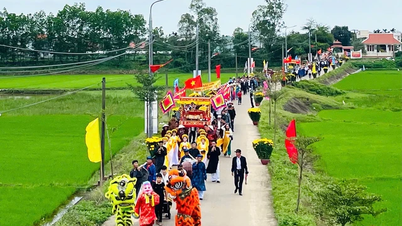

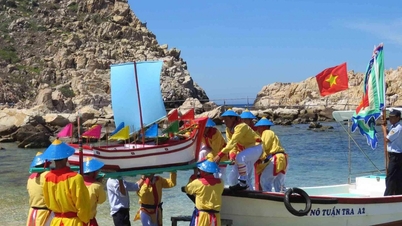


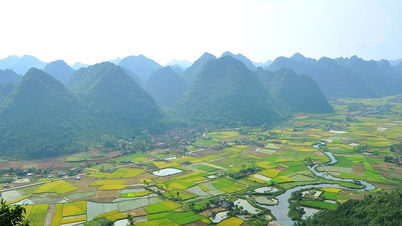















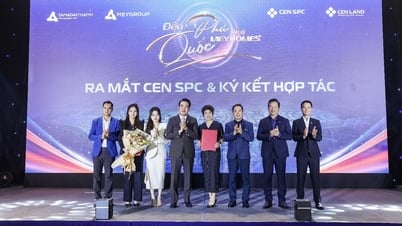



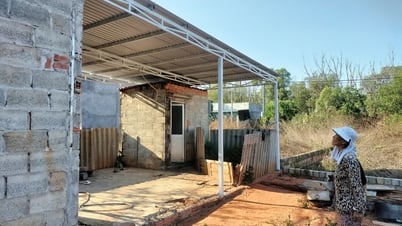





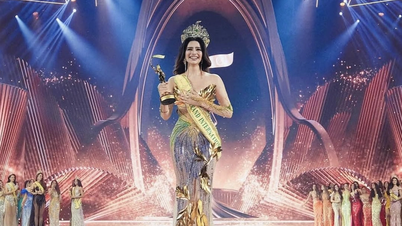



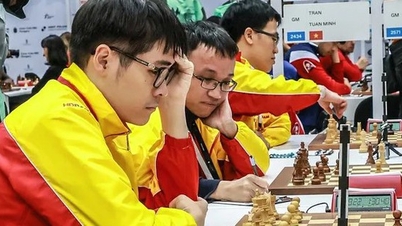

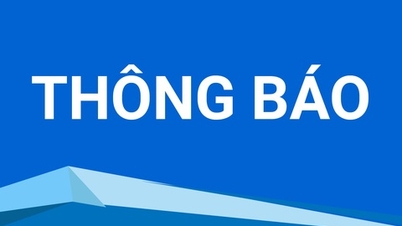


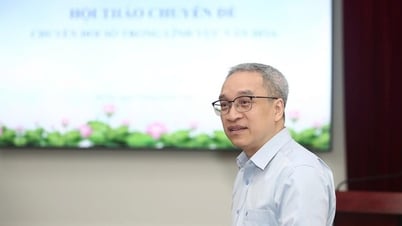





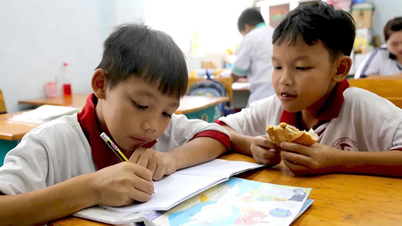

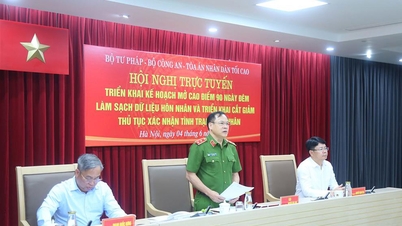







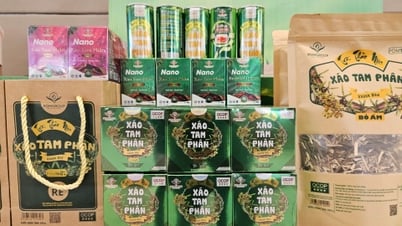



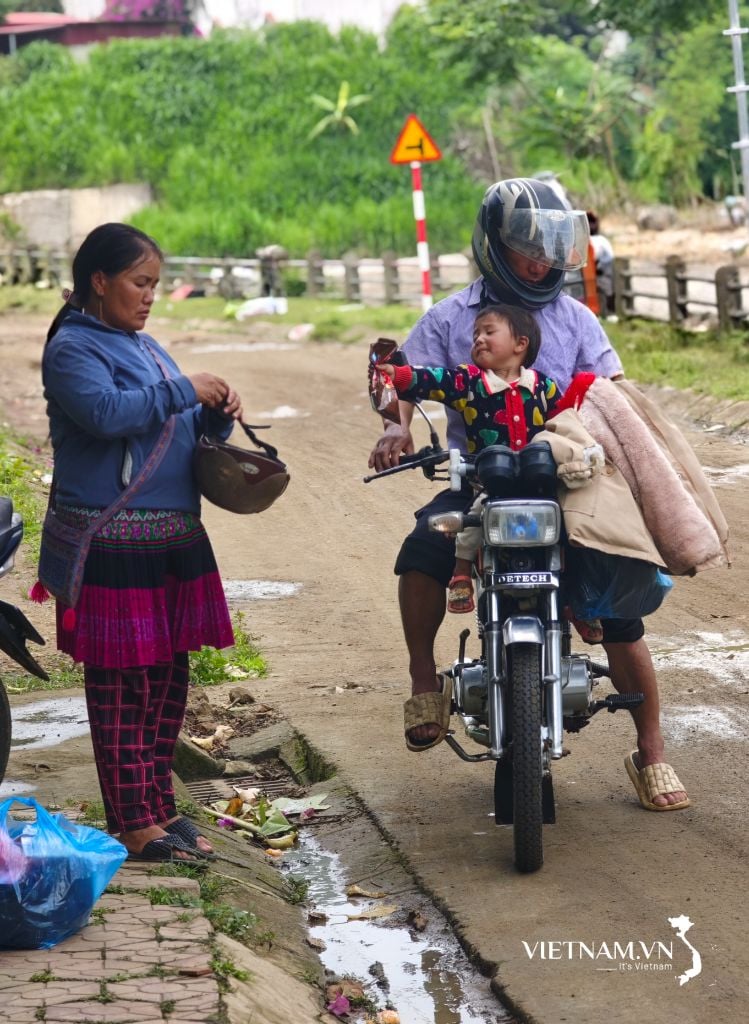

Comment (0)